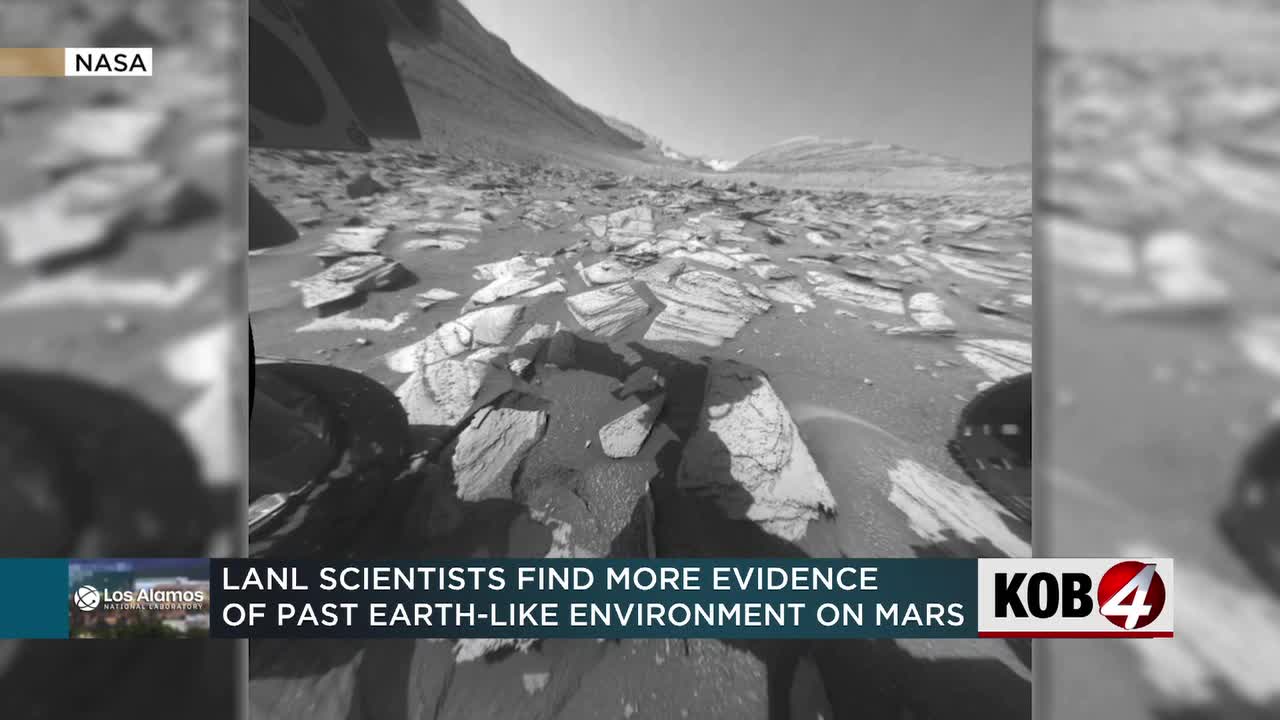Scientists at Los Alamos National Labs have made a groundbreaking discovery by finding Earth-like environments on Mars. The Curiosity Rover, which landed in the Gale Crater along Mars’ equator in 2015, has been exploring the surface of the red planet ever since. The primary objective of this mission is to determine the composition of the planet’s surface and to ascertain whether it could potentially support life.
After landing in the Gale Crater, scientists found a great deal of evidence indicating the presence of running water, such as rivers flowing into lakes. The rocks around the crater suggest that a lake existed in that area for an extended period of time. Images sent back from the Curiosity Rover reveal a vast field of manganese rocks, which are layered and flat – characteristics that suggest they formed in lakes. Additionally, these rocks contain clay minerals that can only form in water.
While the water on Mars has long since disappeared, researchers believe that it is possible for microbial life to survive on the planet. Patrick Gasda, a research scientist at LANL, published his findings in the Journal of Geophysical Research, detailing the team’s observations made while working with the Curiosity Rover. Every new image from Mars provides valuable insights and prompts further scientific inquiries into the possibility of life existing on the red planet.
